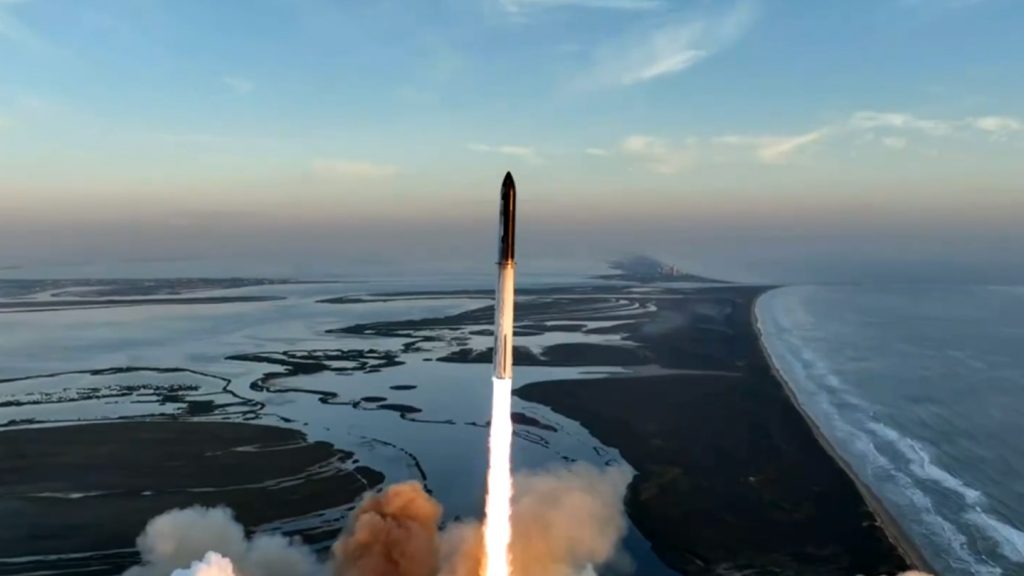In a bold announcement that has captured the imagination of space enthusiasts and industry observers alike, Elon Musk, the visionary CEO of SpaceX, has unveiled an ambitious timeline for the company’s planned missions to Mars using the Starship spacecraft. These revelations, which expand on goals Musk discussed just weeks ago, paint a picture of rapid advancement in interplanetary travel that could redefine humanity’s relationship with space exploration.

The Mars Mission Timeline
According to Musk’s latest statements, SpaceX is targeting the following milestones:
- 2026: Begin sending unmanned Starship missions to Mars during the next Earth-Mars transfer window
- 2028: Attempt the first crewed mission to Mars
- Beyond 2028: Exponential growth in the number of trips from Earth to Mars
Musk elaborated on these plans in a recent post on X (formerly Twitter):
“SpaceX plans to launch about five uncrewed Starships to Mars in two years. If those all land safely, then crewed missions are possible in four years. If we encounter challenges, then the crewed missions will be postponed another two years.”
The Challenge of the Earth-Mars Transfer Window
A crucial factor in these missions is the Earth-Mars transfer window, which Musk acknowledges “increases the difficulty of the task, but also serves to immunize Mars from many catastrophic events on Earth.” This window, which occurs approximately every 26 months when Earth and Mars are in optimal alignment for spacecraft travel, adds a layer of complexity to mission planning and execution.
Regulatory Hurdles and Delays
Despite the optimistic timeline, Musk has acknowledged that regulatory hurdles have become a significant issue, delaying several Starship test flights that the company is otherwise ready to conduct. These challenges were detailed in a lengthy blog post by SpaceX earlier this month, highlighting the tension between rapid technological advancement and regulatory oversight in the space industry.
The Significance of SpaceX’s Mars Ambitions
SpaceX’s plans for Mars missions represent more than just a corporate endeavor; they signify a potential paradigm shift in space exploration. Here’s why these missions are so significant:
- Advancing Human Presence in Space: Successful Mars missions would mark the farthest human travel from Earth, opening up new possibilities for space exploration and colonization.
- Technological Innovation: The development of Starship and associated technologies is pushing the boundaries of aerospace engineering, with potential spillover effects into other industries.
- Scientific Discovery: Mars missions could provide unprecedented opportunities for scientific research, potentially answering questions about the origins of life and the potential for human habitation on other planets.
- Economic Impact: The space industry, driven by ambitious projects like Mars missions, could become a significant economic sector, creating new jobs and technologies.
- Inspirational Value: These missions capture the public imagination, potentially inspiring a new generation of scientists, engineers, and explorers.
Challenges and Skepticism
While Musk’s timeline is undoubtedly ambitious, it’s important to note the significant challenges that lie ahead:
- Technical Hurdles: Developing and perfecting the technologies needed for long-duration spaceflight and Mars landings is an enormous undertaking.
- Health and Safety Concerns: Protecting astronauts from radiation, psychological stress, and other health risks during long-duration spaceflight remains a significant challenge.
- Regulatory Compliance: As Musk has acknowledged, navigating the regulatory landscape for such unprecedented missions is a complex process.
- Funding and Resources: The scale of investment required for Mars missions is immense, and sustaining this over the long term will be crucial.
- Public and Political Support: Maintaining enthusiasm and support for such long-term, high-risk endeavors can be challenging in the face of more immediate terrestrial concerns.
The Road Ahead
As SpaceX continues to work towards these ambitious goals, the coming years will be critical. The success or failure of initial unmanned missions will likely play a significant role in shaping the timeline for crewed missions. Moreover, how SpaceX navigates regulatory challenges and public perception will be crucial in maintaining momentum for its Mars ambitions.
Musk’s statement that “If we encounter challenges, then the crewed missions will be postponed another two years” demonstrates a degree of flexibility in the timeline. This pragmatic approach, balancing ambition with realism, may be key to the long-term success of SpaceX’s Mars program.
Elon Musk and SpaceX’s plans for Mars missions represent one of the most ambitious endeavors in the history of space exploration. As these plans unfold over the coming years, they will likely have far-reaching implications not just for the space industry, but for humanity’s understanding of its place in the cosmos. While the challenges are significant, the potential rewards — in terms of scientific knowledge, technological advancement, and human achievement — are equally profound.
Related Articles:
- Starship Development: From Concept to Launch
- The Challenges of Mars Colonization: What We Know So Far
- The Economic Impact of the New Space Race
External Resources:










Add Comment